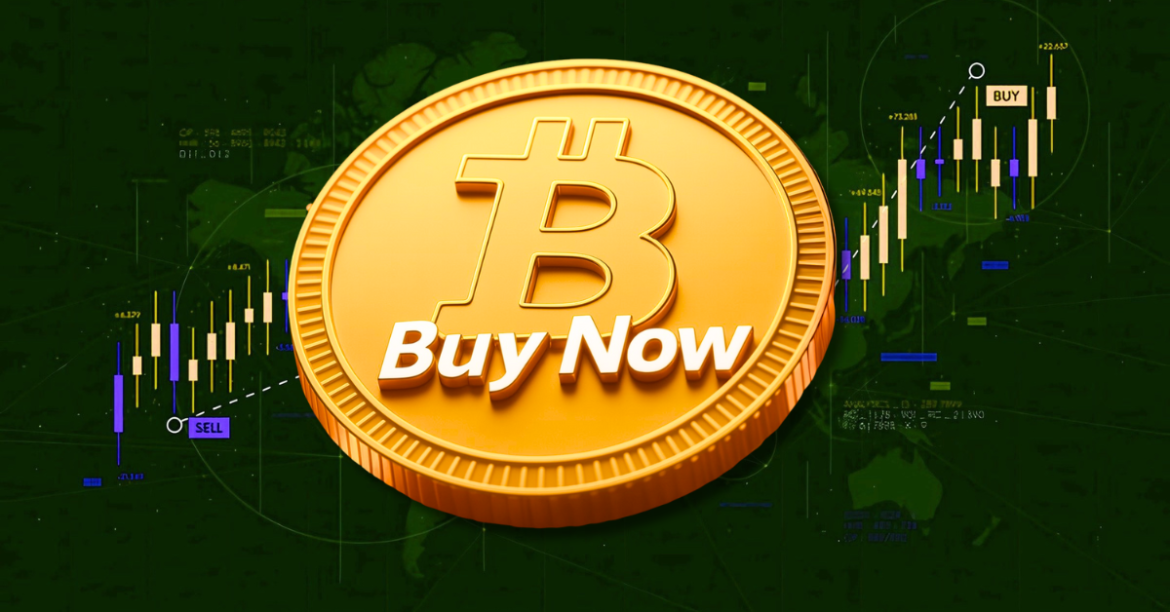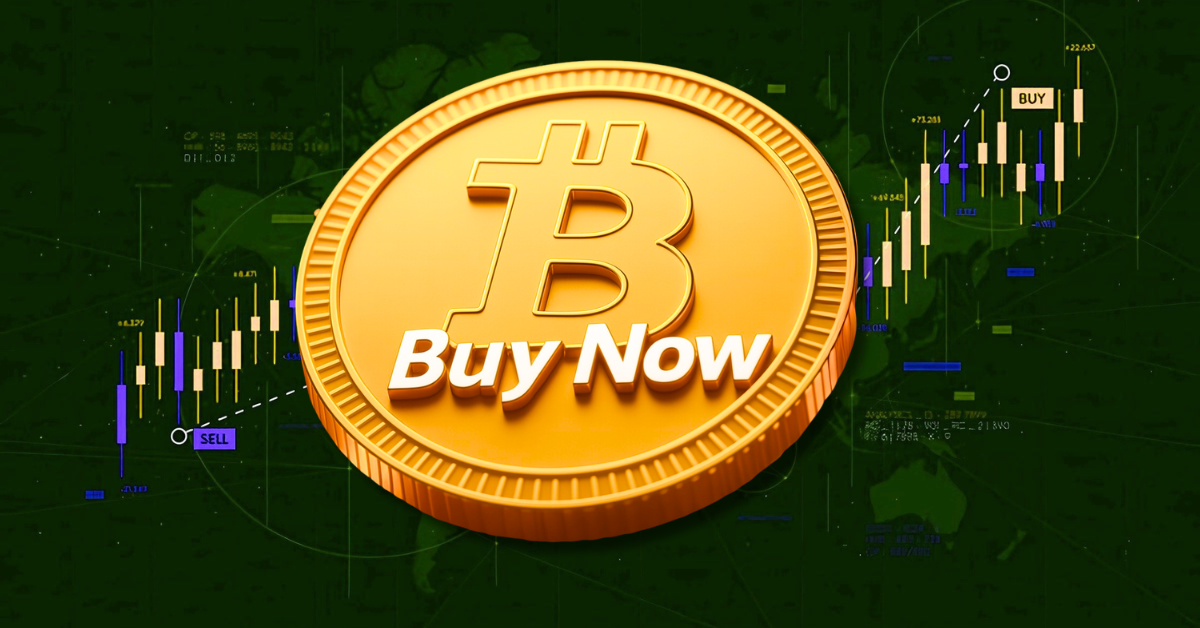The year 2025 has brought Bitcoin to a critical juncture, where political tensions and monetary policy decisions are shaping its trajectory in unprecedented ways. The cryptocurrency, once seen as a decentralized alternative to traditional finance, now finds itself entangled in the power dynamics between U.S. President Donald Trump and Federal Reserve Chair Jerome Powell. This report explores how the Trump-Powell showdown, coupled with broader economic uncertainties, is influencing Bitcoin’s price movements and market sentiment.
The Trump-Powell Showdown: A Threat to Fed Independence
At the heart of the current market volatility is the escalating conflict between President Trump and Federal Reserve Chair Jerome Powell. Trump has repeatedly criticized Powell’s monetary policy, particularly the Fed’s reluctance to lower interest rates. His public statements, including threats to replace Powell, have raised concerns about the Fed’s independence—a cornerstone of U.S. economic stability. Historically, the Fed has operated autonomously to ensure long-term economic health, but Trump’s aggressive stance suggests a shift toward politicizing monetary policy. This uncertainty has ripple effects across global markets, with Bitcoin serving as a barometer for investor sentiment.
Bitcoin’s Volatility: A Mirror of Market Anxiety
Bitcoin’s price movements in 2025 have been anything but stable. The cryptocurrency has oscillated within a volatile range, reacting sharply to every development in the Trump-Powell saga. For instance, when Trump threatened to terminate Powell, Bitcoin briefly surged above $87,600, while the dollar weakened. This spike reflected investor concerns about potential dollar devaluation and the Fed’s future policy direction. Conversely, when Powell signaled no immediate rate cuts, Bitcoin retreated, underscoring the market’s sensitivity to Fed signals. The resistance level for Bitcoin hovered around $112,000, while support appeared around $85,000, with dips to approximately $84,000. This volatility highlights the delicate balance between political rhetoric and market psychology.
Interest Rates and Bitcoin: A Complex Relationship
The relationship between interest rates and Bitcoin is nuanced. Lower interest rates typically weaken the dollar, making Bitcoin a more attractive alternative for investors seeking a hedge against currency devaluation. Additionally, lower rates encourage borrowing and investment, potentially boosting demand for riskier assets like cryptocurrencies. However, the impact of interest rate changes on Bitcoin is not always predictable. Factors such as inflation, global economic conditions, and investor sentiment also play significant roles. For example, while lower rates may initially boost Bitcoin’s appeal, prolonged economic instability could dampen investor confidence, leading to price corrections. The cryptocurrency market’s relative youth adds another layer of complexity, as its long-term response to monetary policy shifts remains uncertain.
Global Economic Tensions: A Double-Edged Sword
Beyond the Trump-Powell conflict, global economic tensions are further complicating Bitcoin’s price dynamics. Trade disputes, geopolitical uncertainties, and divergent monetary policies between central banks are all contributing to market volatility. For instance, concerns about a potential trade war could drive investors toward safe-haven assets, potentially benefiting Bitcoin. Similarly, if the U.S. pursues a more expansionary monetary policy while the European Central Bank (ECB) maintains a tighter stance, the dollar could weaken, enhancing Bitcoin’s appeal. However, these global factors also introduce additional risks, as economic instability in one region can have cascading effects on others. Investors must navigate this complex landscape carefully, balancing opportunities with potential pitfalls.
Institutional Interest: A Growing Trend
Despite the market turbulence, Bitcoin is attracting increasing institutional interest. Bitcoin ETFs (Exchange Traded Funds) have seen notable inflows, indicating that institutional investors are gradually embracing the cryptocurrency. For example, Bitcoin ETFs experienced $15.85 million in weekly inflows, breaking a two-week outflow streak. This trend suggests that Bitcoin is gaining recognition as a legitimate asset class, which could provide long-term price support. Institutional involvement also brings greater liquidity and stability to the market, potentially reducing volatility over time. However, it remains to be seen whether this trend will continue amid ongoing political and economic uncertainties.
Bitcoin’s Intrinsic Value: A Decentralized Alternative
Amidst the noise of political maneuvering and market fluctuations, Bitcoin’s core value proposition remains intact. As a decentralized, censorship-resistant digital currency, Bitcoin offers a unique alternative to traditional financial systems. Its limited supply and cryptographic security make it an attractive store of value, particularly in times of economic uncertainty. Furthermore, Bitcoin’s decentralized nature makes it resistant to government control and censorship, appealing to individuals and businesses in unstable political or economic environments. This intrinsic value is what drives long-term adoption and price appreciation, regardless of short-term market dynamics.
The Road Ahead: Navigating Uncertainty and Opportunity
Looking ahead, Bitcoin’s future is fraught with both challenges and opportunities. The cryptocurrency will likely continue to be influenced by political events, monetary policy decisions, and global economic trends. However, its underlying value proposition and growing institutional adoption suggest that it has the potential to become a mainstream asset class. Investors should prepare for continued volatility and adopt a long-term perspective. Diversification, risk management, and a deep understanding of market dynamics will be essential for navigating the evolving cryptocurrency landscape.
Conclusion: Resilience in a Turbulent World
In conclusion, Bitcoin’s journey through the political and economic turbulence of 2025 underscores its resilience and potential. While the Trump-Powell saga and broader market uncertainties have triggered price swings, Bitcoin’s fundamental value as a decentralized, scarce, and censorship-resistant asset remains intact. As institutional adoption grows and the crypto market matures, Bitcoin is poised to play an increasingly important role in the global financial system. The key for investors is to look beyond the short-term noise and focus on the long-term vision of a decentralized, trustless, and accessible financial future.





